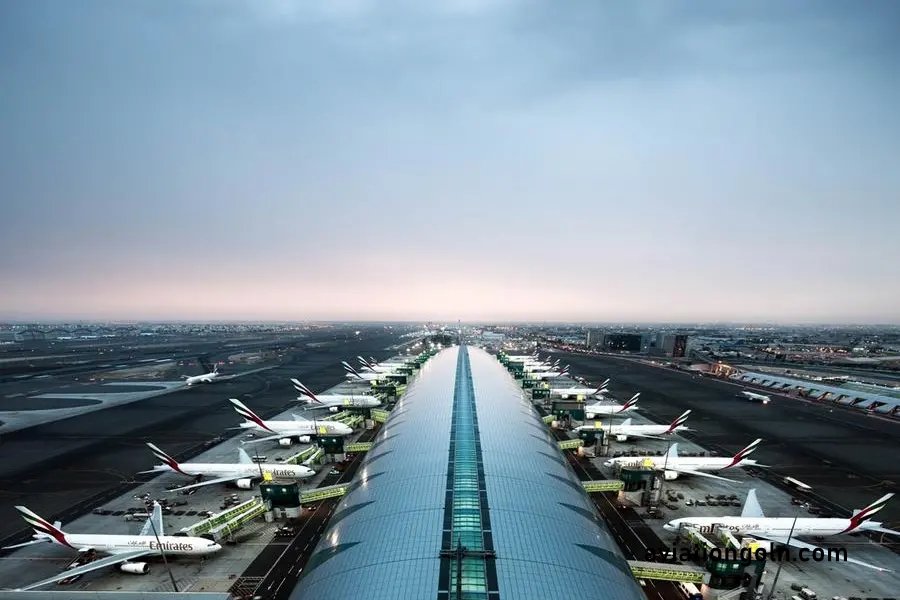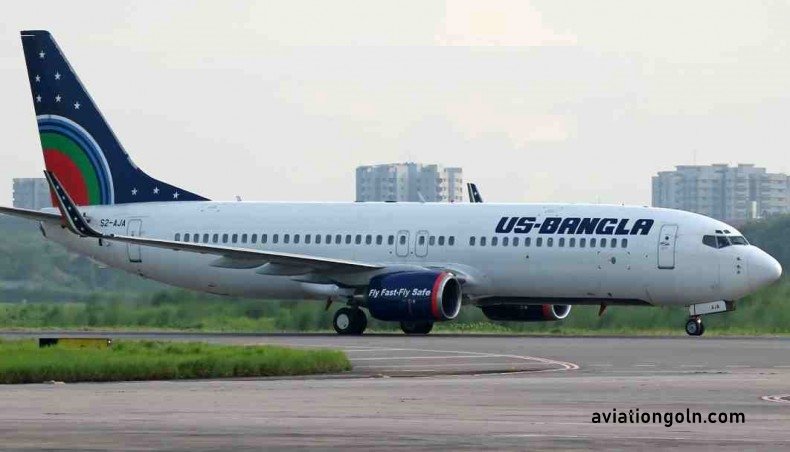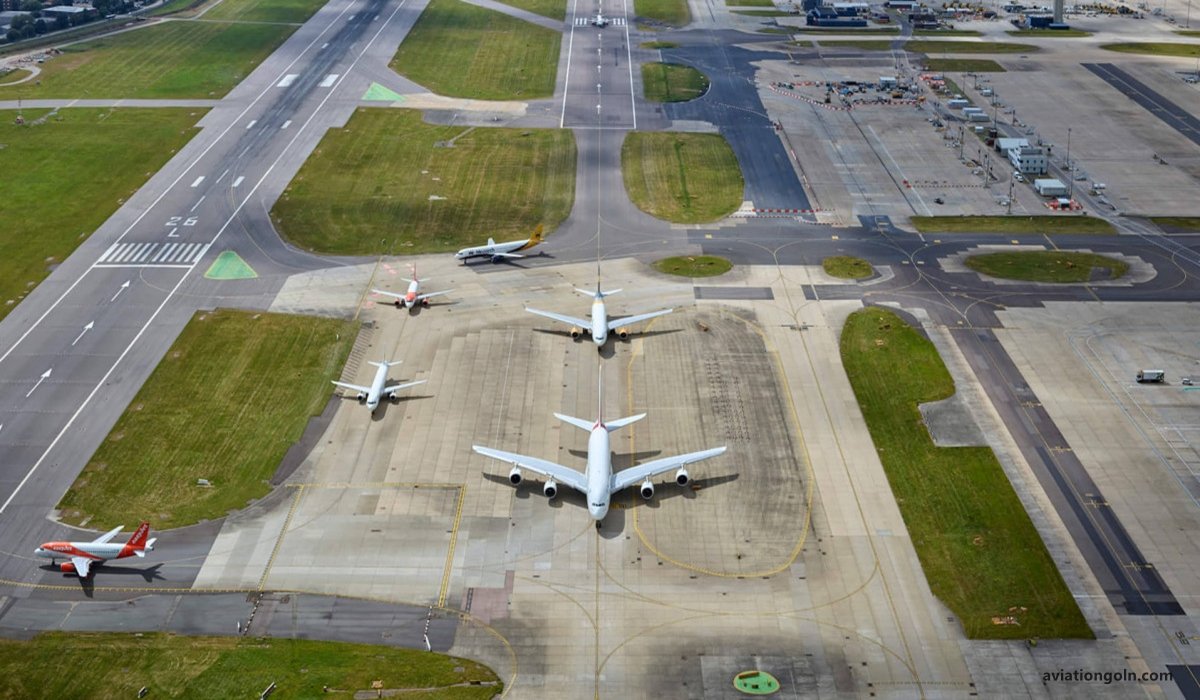The Need for Strategic Planning in Airports, In today’s world, where globalization, rapid technological advancements, and growing demands for efficient travel have become the norm, airports play a pivotal role. More than just transit hubs, airports are essential for commerce, tourism, and international connections.
Consequently, their operations, management, and development can significantly impact regional economies, local communities, and global aviation networks. Given this immense responsibility, there’s a pressing need for comprehensive strategic planning in airports. This article delves deep into the rationale and significance of such planning and the multifaceted benefits it brings.
The Need for Strategic Planning in Airports
1. Understanding Airport Strategic Planning
Strategic planning refers to a systematic process that organizations use to define their strategies and make decisions on resource allocations to pursue those strategies. For airports, this encompasses:
- Vision and mission formulation.
- Setting long-term and short-term objectives.
- Assessing external and internal environments.
- Strategy development and implementation.
- Continuous monitoring and evaluation.

2. The Dynamic Aviation Landscape
The aviation industry is characterized by its dynamism. Changes in regulatory frameworks, technological advancements, shifting passenger behaviors, and global events like economic downturns or pandemics can all profoundly impact airport operations. Without proactive strategic planning, airports risk being ill-equipped to adapt to such changes, leading to inefficiencies and potential financial losses.

3. Economic and Social Impacts
Airports are significant economic drivers. They generate employment, facilitate business, and contribute substantially to regional GDP. Strategic planning ensures:
- Optimal Use of Resources: Airports are capital-intensive. Effective planning guarantees resources like land, money, and manpower are utilized effectively, ensuring ROI.
- Community Development: A well-planned airport can stimulate local businesses, tourism, and infrastructure development, improving community living standards.
- Attracting Investments: A strategic plan can serve as a roadmap for potential investors, indicating the airport’s growth trajectory and assuring them of its viability.

4. Enhancing Passenger Experience
Modern passengers expect seamless and enriching travel experiences. Strategic planning:
- Addresses current operational bottlenecks that hamper passenger flow.
- Foresees future demands, ensuring infrastructure and services scale accordingly.
- Incorporates technology effectively to enhance passenger convenience and reduce touchpoints.

5. Sustainability Concerns
Environmental concerns have taken center stage in global discourse. Airports, given their size and operations, have a significant environmental footprint. Strategic planning aids in:

- Eco-Friendly Infrastructure: Designing terminals and facilities that reduce energy consumption, manage waste effectively, and minimize carbon emissions.
- Green Operations: Incorporating sustainable practices in daily operations, from the use of electric ground vehicles to adopting renewable energy sources.

6. Security and Safety
In the post-9/11 world, airport security has evolved substantially. Coupled with safety, it’s an airport’s foremost priority. Strategic planning:
- Integrates advanced security technologies without hampering passenger flow.
- Plans for emergencies, ensuring rapid response and minimal disruptions.

7. Stakeholder Coordination
An airport’s operations involve a myriad of stakeholders: airlines, regulatory bodies, local authorities, businesses within the airport, and passengers. Strategic planning aids in:
- Aligning stakeholder objectives.
- Ensuring transparent communication.
- Resolving conflicts proactively.

8. Competitive Edge
With cities boasting multiple airports and regions vying for hub status, competition is rife. A robust strategic plan:
- Differentiates an airport in terms of services, facilities, and passenger experiences.
- Attracts airlines by showcasing operational efficiency and future readiness.

9. Facilitating Future Expansion
Air travel demand is slated to grow. Strategic planning:
- Prepares airports to handle increased passenger and cargo volumes.
- Identifies potential areas for expansion, both in terms of physical infrastructure and new routes/services.

10. Risk Management
Airports face several risks: operational, financial, reputational, and strategic. A comprehensive strategic plan:
- Identifies potential risks.
- Develops mitigation and contingency strategies.

In essence, strategic planning is not just a desirable process but an essential one for modern airports. It amalgamates foresight with function, ensuring airports are not just reactive entities but proactive institutions shaping the future of aviation. As the gateways to cities, regions, and countries, airports have a responsibility that transcends their operational mandates. Through effective strategic planning, they can fulfill this responsibility, driving economic growth, facilitating global connections, and ensuring sustainable, safe, and efficient operations for years to come.
See more:
